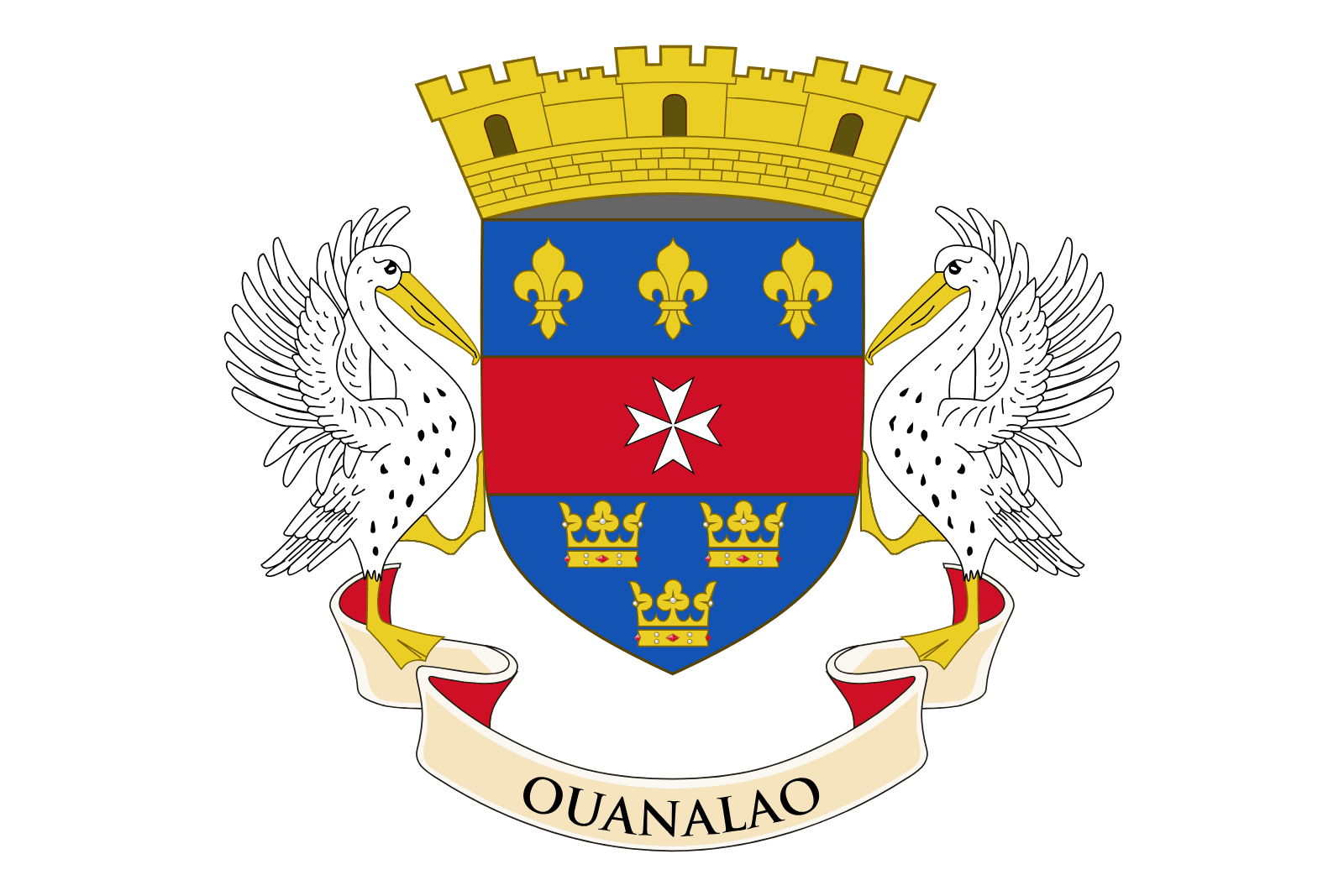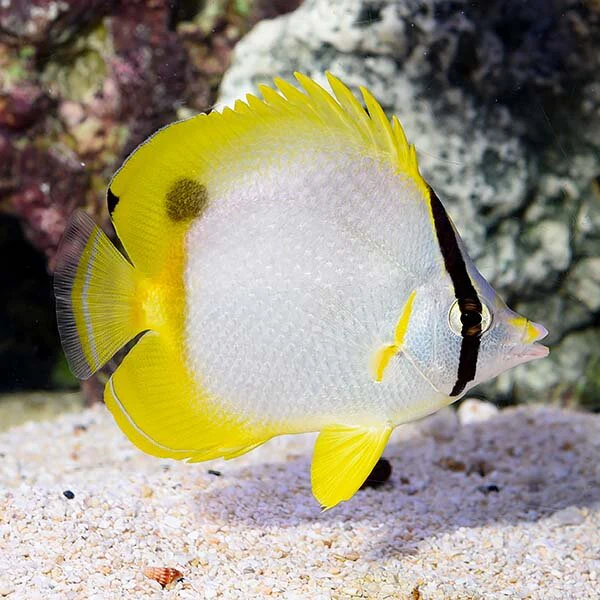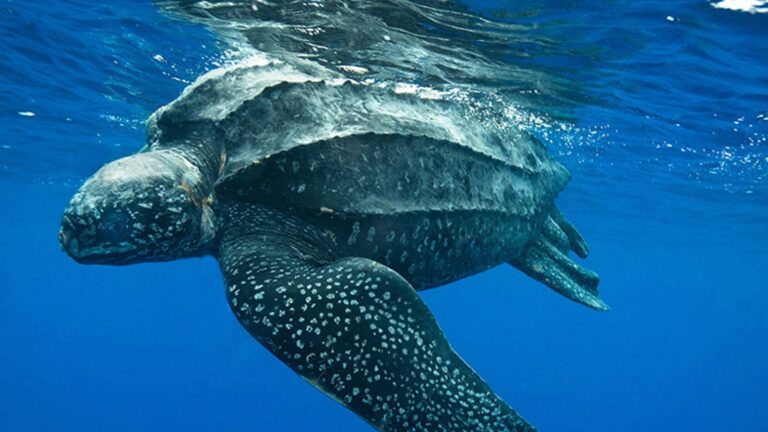Humpback Whales
St. Barthélemy (St. Barth), the glamorous Caribbean island known for its luxury and natural beauty, offers more than just pristine beaches and upscale resorts. It is also a key location for observing one of the ocean’s most magnificent creatures: the Humpback Whale (Megaptera novaeangliae). Every year, from December to April, these enormous and graceful animals migrate to the warm waters of the Caribbean, including those around St. Barth, to breed and give birth. For nature enthusiasts, witnessing these gentle giants in their natural habitat is an awe-inspiring experience that adds a unique dimension to the allure of St. Barth.

The Humpback Whale: An Overview
Humpback whales are among the most recognizable of all whale species, known for their distinctive body shape, long pectoral fins, and unique patterns on the underside of their tails, which can be used to identify individual whales. These whales are typically 40 to 50 feet long and can weigh up to 40 tons, making them one of the larger species of baleen whales.
One of the most remarkable aspects of humpback whales is their complex and haunting songs. These vocalizations are primarily produced by males and can last for hours, serving as both a mating call and a way to communicate with other whales. The songs of humpback whales are among the most studied and appreciated of any animal sounds, not only for their beauty but also for their intricacy and variation.
The Annual Migration
Humpback whales are migratory, traveling thousands of miles between their feeding grounds in the polar regions and their breeding grounds in warmer waters. The waters around St. Barth and the broader Caribbean region serve as a critical nursery for these whales, where they give birth and nurse their young. The warm, shallow waters provide a safe environment for the calves, who are born without the thick layer of blubber needed to survive in colder seas.
The migration begins as the whales leave their feeding grounds in the North Atlantic, usually around late autumn. They travel southward, often covering distances of up to 3,000 miles, to reach the Caribbean by winter. In the warm waters of St. Barth, the whales engage in mating rituals and females give birth to their calves, which they nurse for several months before beginning the long journey back to the feeding grounds in the spring.
Whale Watching in St. Barth
Whale watching in St. Barth is a popular activity during the winter months when the humpback whales are most active in the region. Several local tour operators offer whale-watching excursions, providing visitors with the opportunity to see these incredible animals up close. These tours are typically led by experienced guides who are knowledgeable about whale behavior and the marine environment, ensuring a safe and informative experience.
During these excursions, it is possible to witness a variety of humpback behaviors, including breaching (where the whale leaps out of the water), tail slapping, and pectoral fin slapping. These behaviors are not only spectacular to watch but are also believed to be a form of communication and play among the whales. The sight of a massive humpback whale breaching against the backdrop of St. Barth’s stunning coastline is a memory that stays with visitors long after they leave the island.
Conservation Efforts
The presence of humpback whales in St. Barth highlights the importance of marine conservation in the region. The Caribbean waters are crucial for the survival of these whales, and protecting these habitats is essential for ensuring that future generations of whales continue to thrive. St. Barth’s commitment to marine conservation is reflected in the establishment of the St. Barthélemy Natural Reserve, which includes several protected areas that help safeguard the marine environment.
In recent years, there has been a growing awareness of the need to protect humpback whales from threats such as ship strikes, entanglement in fishing gear, and noise pollution. Local organizations and international conservation groups work together to monitor whale populations and promote sustainable tourism practices that minimize the impact on these majestic creatures.
The annual visit of humpback whales to the waters around St. Barth is one of the island’s most extraordinary natural events. These gentle giants bring a sense of wonder and excitement to the Caribbean, offering both residents and visitors a unique opportunity to connect with one of the ocean’s most majestic creatures. Whether you are a seasoned whale watcher or a curious traveler, witnessing the humpback whales in St. Barth is an experience that highlights the island’s rich natural heritage and the importance of preserving it for future generations.









